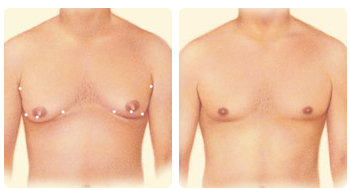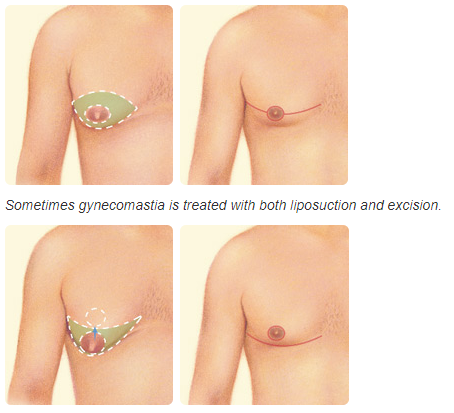Gynecomastia is a condition of over-developed or enlarged breasts in men that can occur at any age. The condition can be the result of hormonal changes, heredity, obesity, or the use of certain drugs. Gynecomastia can cause emotional discomfort and impair your self confidence.
- 6215 Humphreys Blvd, Suite 201
- Memphis, TN 38120






